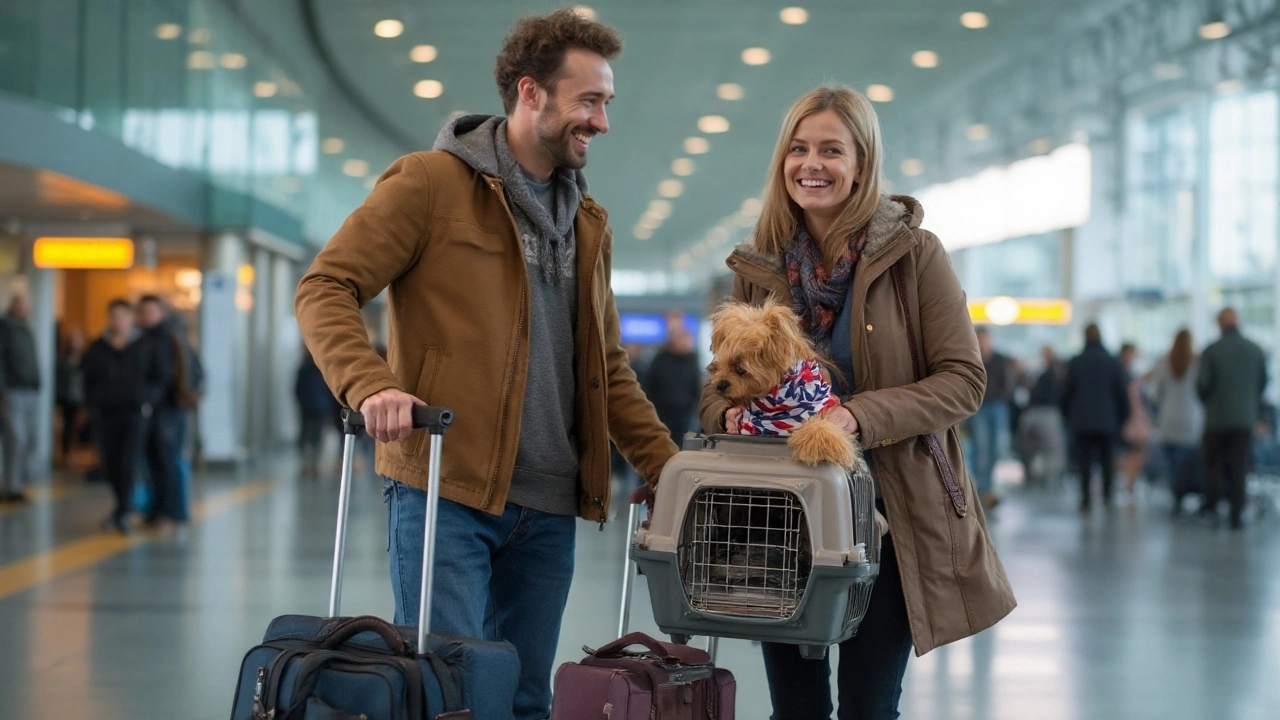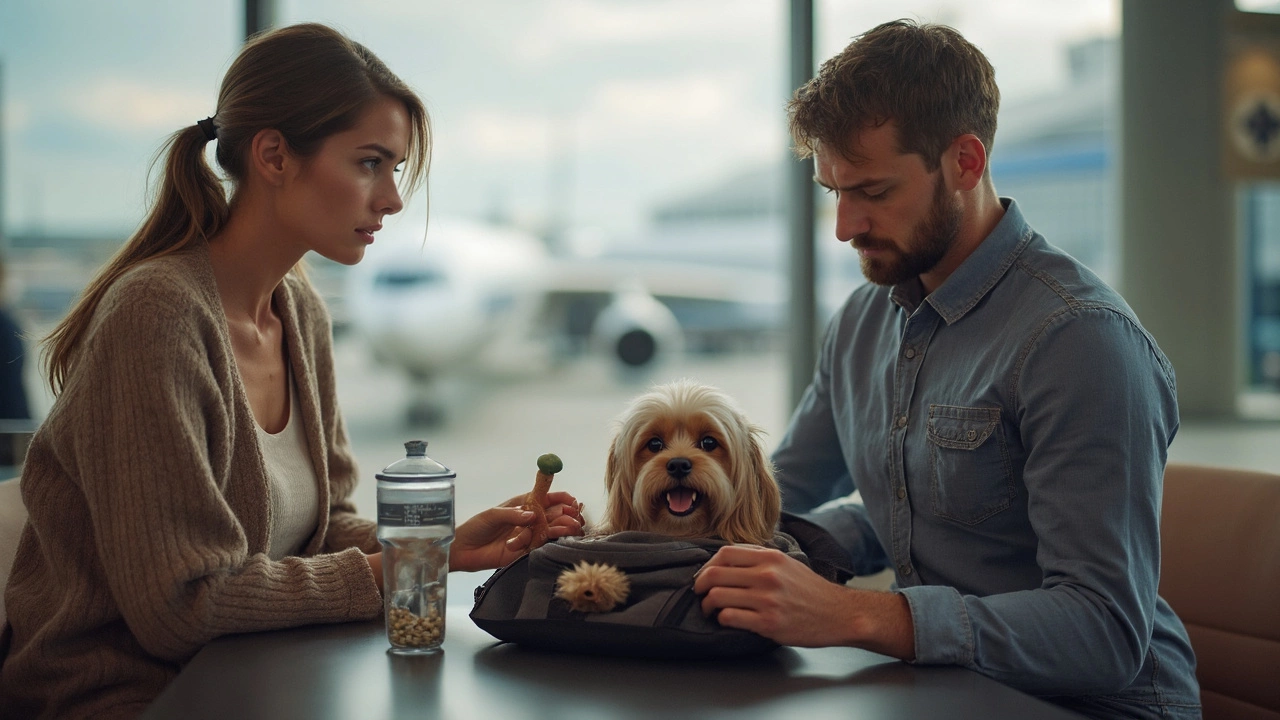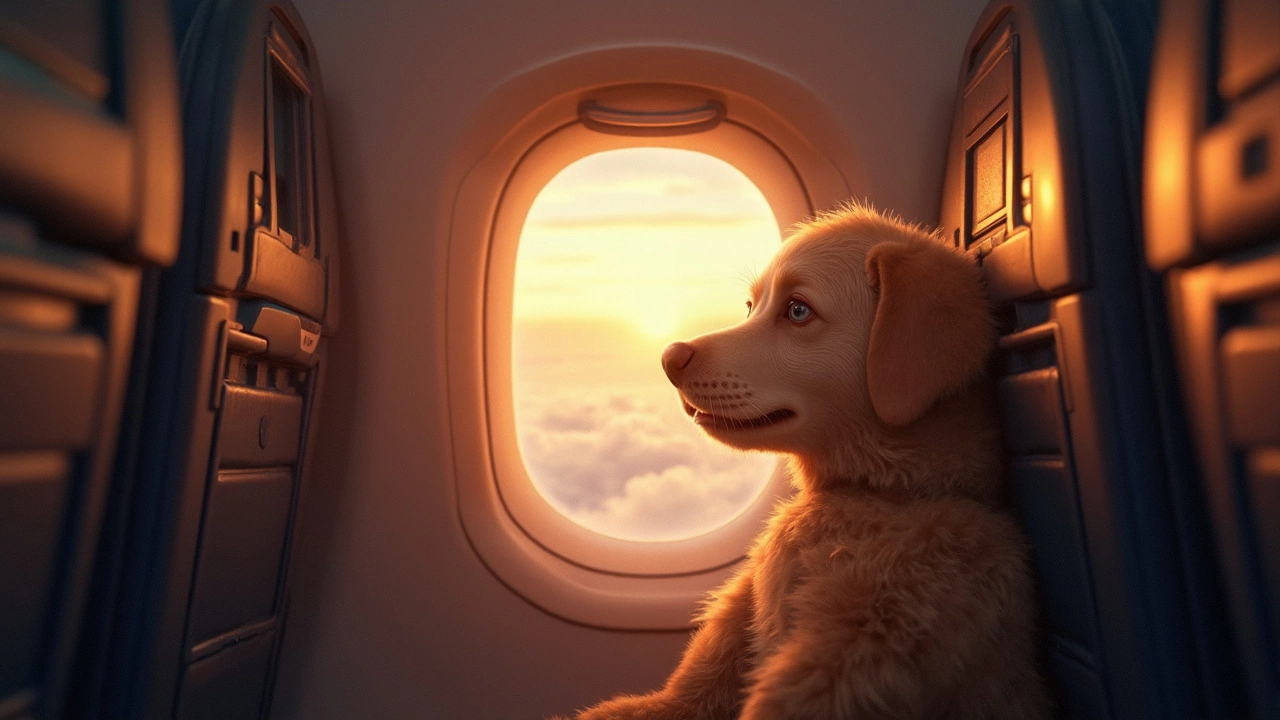Flying With Pets: Practical Tips for a Stress‑Free Journey
Got a trip coming up and your dog or cat needs to join you? Flying with pets can feel overwhelming, but with a few smart steps you can make it smooth for both of you. Below you’ll find the basics – from paperwork to packing – that help turn a nerve‑racking flight into a calm adventure.
Paperwork and Planning
First thing: check the airline’s pet policy. Some carriers only allow small dogs in the cabin, while larger pets must go in cargo. Look up the size limits, carrier dimensions, and any health certificates required. Most airlines need a recent vet check (usually within 10 days of travel) and proof of vaccinations. If you’re heading abroad, find out if the destination country has import rules – many need a microchip, a rabies shot, and a health passport.
Book early. Airlines limit the number of pets per flight, so reserve your spot as soon as you can. When you book, let the airline know you’ll be traveling with a pet; they’ll give you a confirmation number and tell you where to drop off the carrier.
Choosing the Right Carrier
Pick a carrier that meets airline specs and feels comfortable for your animal. For cabin travel, the carrier should fit under the seat and allow your pet to stand, turn around, and lie down. Soft-sided carriers are great for cabins because they compress a bit, making it easier to fit. For cargo, a hard-shell carrier offers better protection. Line the bottom with a familiar blanket or a piece of your clothing – the scent will help calm your pet.
Label the carrier inside and out. Include your name, phone number, and the destination address. A small note saying “Live animal – handle with care” can help staff treat the carrier gently.
Pre‑Flight Preparation
Give your pet a light meal about four hours before the flight. A full stomach can cause nausea, but an empty tummy may lead to low blood sugar. Offer water right up until you leave for the airport, but avoid letting them drink a lot right before take‑off.
Take your pet for a walk or run to burn off excess energy. A tired dog is more likely to nap in the carrier. If your animal is anxious, ask your vet about a mild calming aid – many recommend a short‑acting antihistamine or a natural supplement like L‑theanine.
Day of the Flight
Arrive at the airport early. This gives you time to check in, handle paperwork, and get the carrier to the gate without rushing. Keep the carrier open in a quiet area so your pet can stretch and use the bathroom before boarding.
During the flight, stay calm. Pets pick up on your mood, so a relaxed demeanor helps them settle. If you’re in the cabin, try to keep the carrier under the seat where it’s out of sight but still accessible. A gentle pat or a soft voice can reassure a nervous dog.
After Landing
When the plane lands, give your pet a few minutes to adjust before opening the carrier. Let them out in a designated pet relief area if the airport has one. Check the carrier for any signs of stress – panting, pacing, or drooling – and offer water.
Finally, give your pet a bit of extra love and a treat. Traveling is a big deal for them, and a small reward reinforces the positive experience.
Flying with pets doesn’t have to be a nightmare. With the right paperwork, a comfortable carrier, and a few calming tricks, you and your furry friend can reach your destination happy and healthy. Safe travels!
TSA Approved Pet Carriers: Everything You Need to Know Before Flying With Pets
Get the real scoop on TSA approved pet carriers. Learn about airline rules, carrier features, real examples, and super practical tips for stress-free flying with pets.
What to Give a Dog Before a Flight: The Real Pet Travel Checklist
Flying with your dog can be stressful if you don't know how to prepare. This article covers what you can safely give your dog before a flight, including food, water, medication, and calming aids. Get practical tips on timing meals, preventing accidents, and what products to avoid. Learn how to keep your pup healthy and calm, whether they're in the cabin or cargo. Discover what's best for your unique furry friend before you ever step on a plane.
Is It Safe for Dogs to Fly in Cargo?
Flying with your furry friend can be stressful, especially if they're traveling in cargo. This article explores whether it's safe for dogs to fly in cargo. We'll cover airline policies, how to prepare your pet, and tips to ensure a smooth journey.


